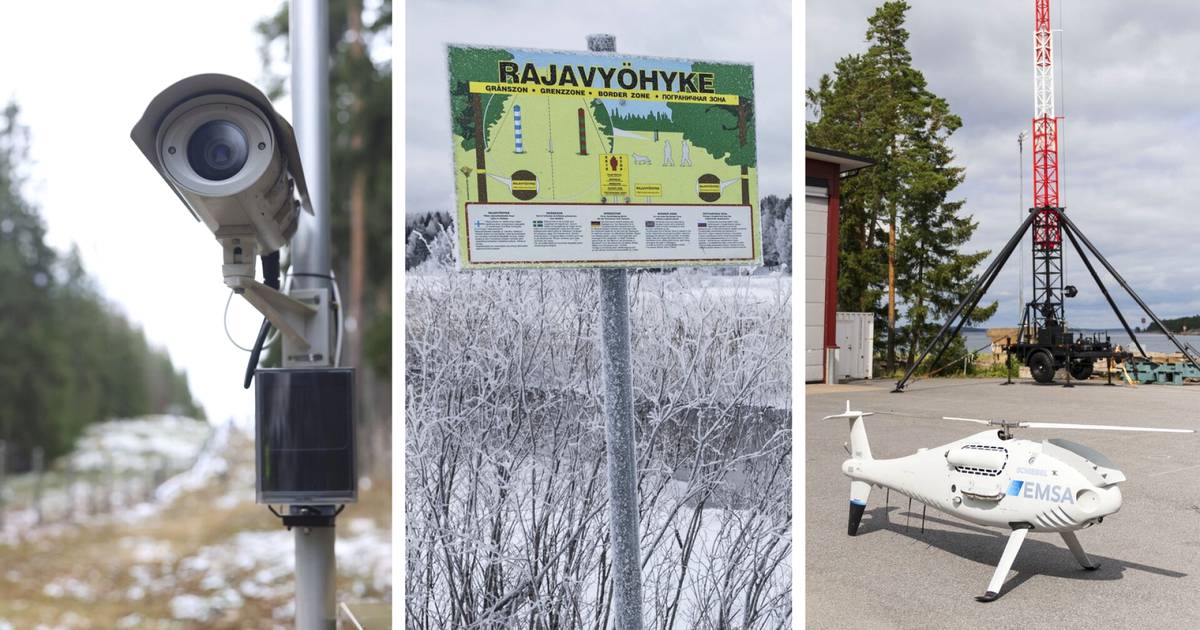Traveling from Russia to Finland without a permit might seem like an easy task, as the border is a narrow rail with high fences, surveillance cameras, and border guards not being visible. However, if you try to cross it in an unauthorized location, a border guard will soon appear to question your actions.
Today’s surveillance at the border is focused on wireless devices rather than physical fences. The newly erected fence structures are symbolic messages that Finland is active in maintaining border security. The Border Guard utilizes both fixed and portable surveillance technology on the eastern border, focusing on wireless and digital monitoring instead of traditional fences. Radio waves are the primary means of monitoring movements at the border, with devices emitting radio waves such as mobile phones and surveillance cameras allowing authorities to track individuals. Drones are also utilized for surveillance, detecting crossers day and night using cameras and thermal imaging. The use of facial recognition technology can help identify individuals crossing the border.
Despite advanced border barriers, history has shown that determined individuals can find ways to overcome even the toughest obstacles. While authorities seek to control borders, human rights organizations and defenders of the Geneva Refugee Convention advocate for the rights of refugees. Market pressures and the movement of goods and capital across borders further complicate efforts to restrict movement indefinitely.
Efforts to close legal routes and the rise of human smuggling as a multi-billion euro business have created challenges for border security. While authorities seek to control borders, human rights organizations and defenders of the Geneva Refugee Convention advocate for the rights of refugees. Market pressures and the movement of goods



